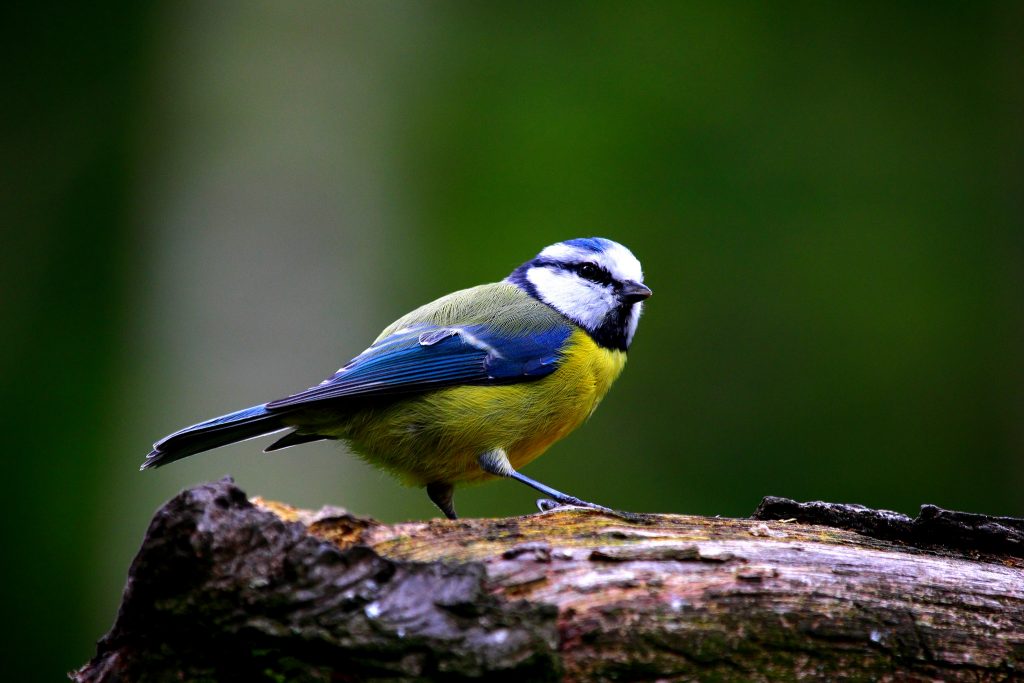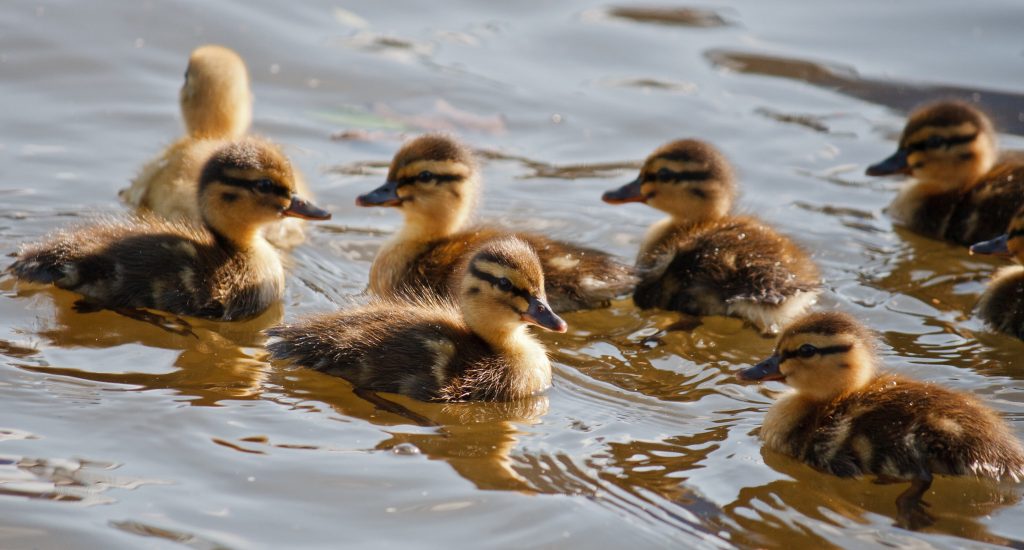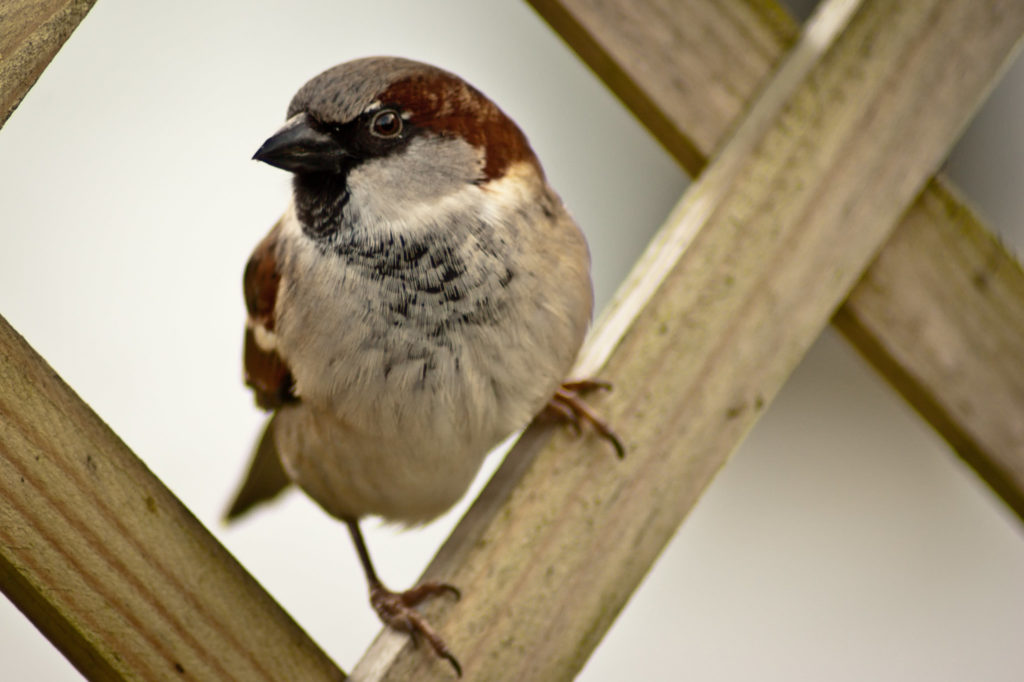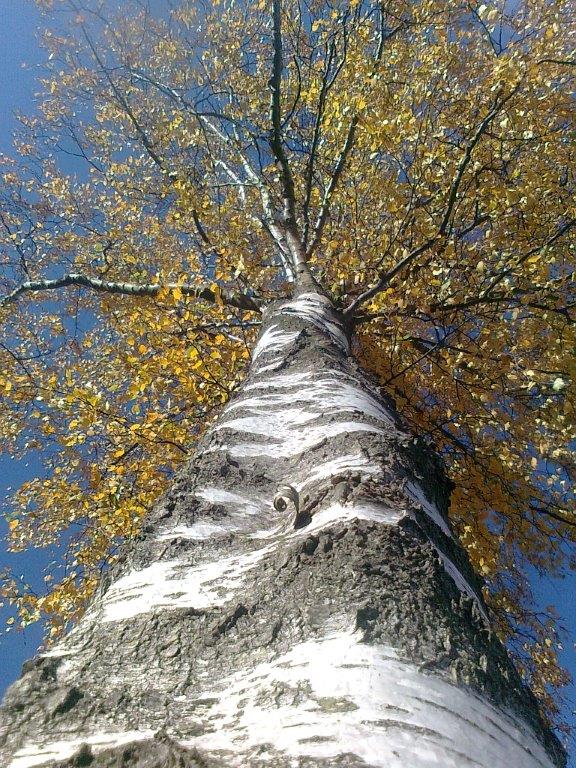The Guardian reports there will be a rise in the scale of sewage discharge into rivers and waterways due to extreme weather events as a result of the climate crisis, MPs have been told.
Nature-based solutions must be a top priority for the government and the water regulator, Ofwat, when it comes to water companies’ investment over the coming decades, MPs heard. By 2050, the English sewerage system would face a 55% increase in water flowing through the network as a result of increased urbanisation and the removal of natural surfaces, which help water drain away.




